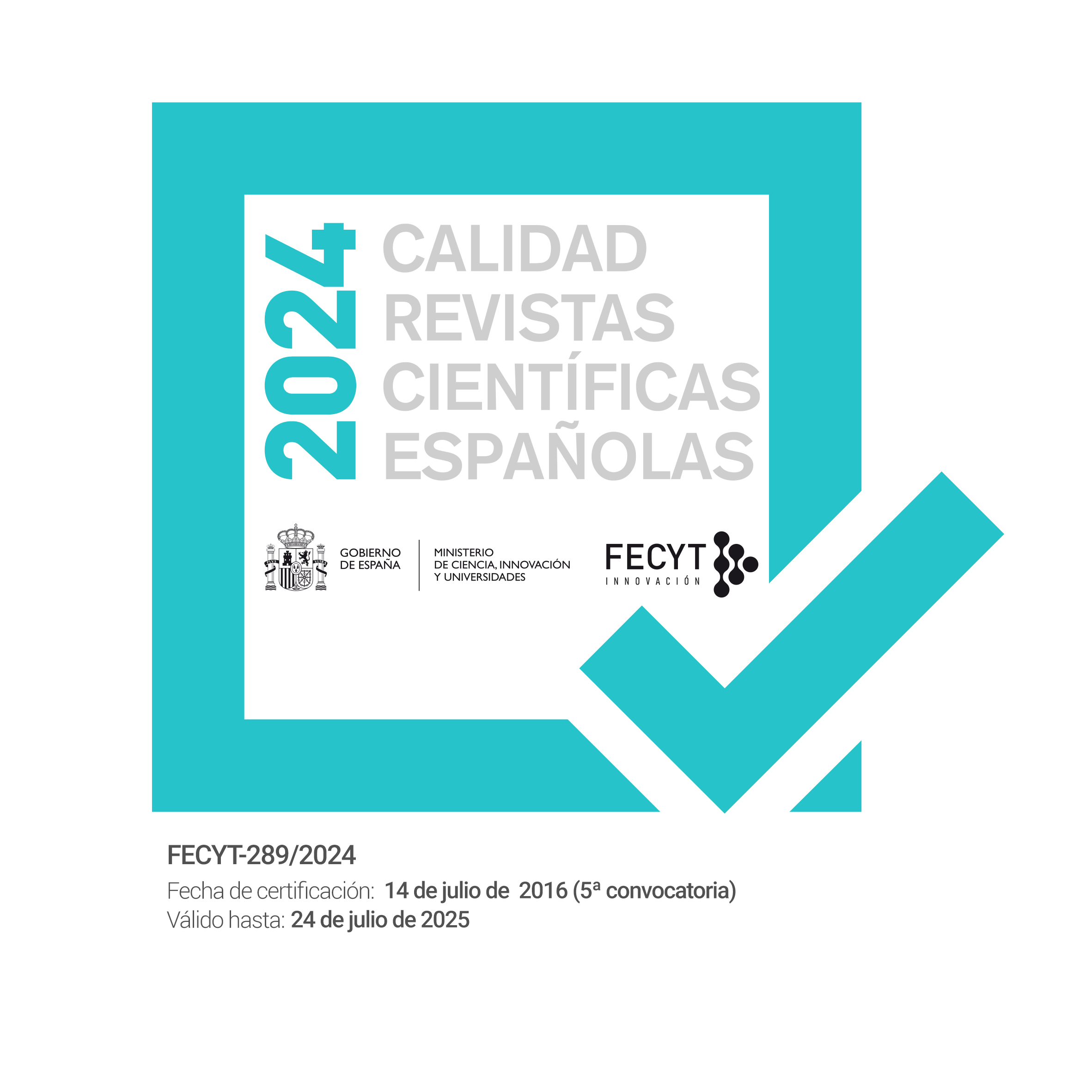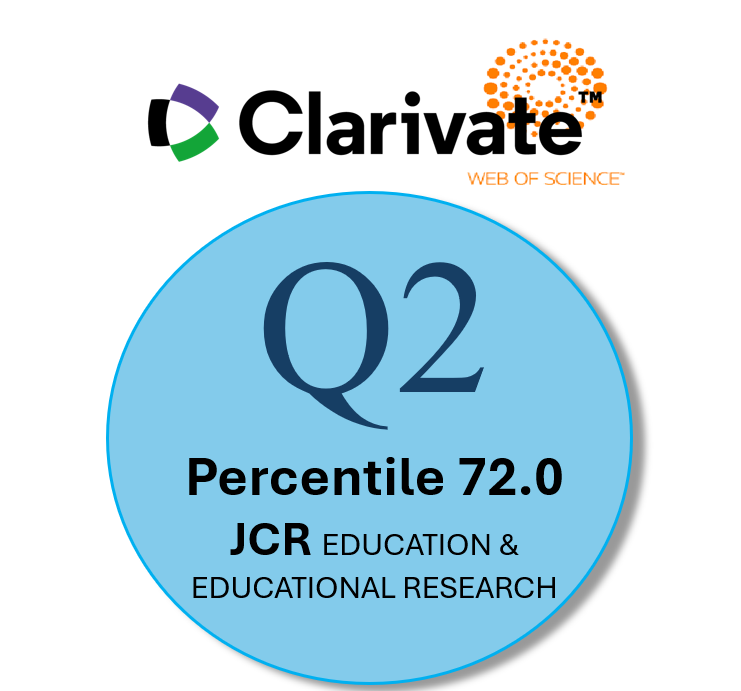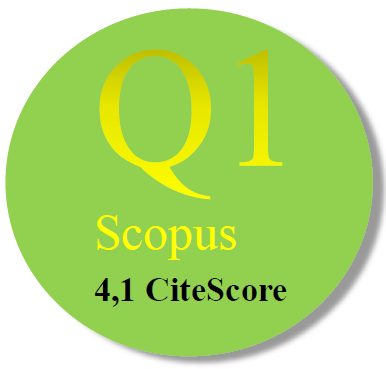SEQUENCING OF CONTENTS AND LEARNING OBJECTS
Abstract
In this article we state a vision of selection and sequencing of learning contents in the context of curricular design from a constructivist viewpoint. We point out the importance of having tools and autonomous criteria which lead these processes in the field of web-based formation from our own bases or from external ones and with preeminence over the ones that are derived from the configuration of technological tools. We also stand out this importance from the need to have standard formats for data exchange. Inasmuch as this overstatement is important, it’s of outmost relevance in the context of e-learning, it being for general purposes, for formation, for corporate training or for academic formation. It’s also relevant for ruled formation, as well as informal and unruled formation. We also mark the needs stated by the e-learning industry in relation to the instructional design of learning objects, needs which are both a priority and a challenge. Then, we develop the grounding of the theories that rule the procedures for the selection of contents, their basic tenets and the description of the sequencing techniques. In particular, we will focus on three of them: Content Analysis Technique, Task Analysis Technique and Elaboration Theory. Finally, as a conclusion, we will try to enunciate several questions, not developing the answers, though, in this article: Are the concept of Reusable Learning Object (RLO) and the requirements for interdependence of Learning Objects (LO) compatible?. If they are compatible, what are their requirements?Downloads
-
Abstract982
-
PDF (Español (España))206
Las obras que se publican en esta revista están sujetas a los siguientes términos:
1. El Servicio de Publicaciones de la Universidad de Murcia (la editorial) conserva los derechos patrimoniales (copyright) de las obras publicadas, y favorece y permite la reutilización de las mismas bajo la licencia de uso indicada en el punto 2.
2. Las obras se publican en la edición electrónica de la revista bajo una licencia Creative Commons Reconocimiento-NoComercial-SinObraDerivada 3.0 España (texto legal). Se pueden copiar, usar, difundir, transmitir y exponer públicamente, siempre que: i) se cite la autoría y la fuente original de su publicación (revista, editorial y URL de la obra); ii) no se usen para fines comerciales; iii) se mencione la existencia y especificaciones de esta licencia de uso.
3. Condiciones de auto-archivo. Se permite y se anima a los autores a difundir electrónicamente las versiones pre-print (versión antes de ser evaluada) y/o post-print (versión evaluada y aceptada para su publicación) de sus obras antes de su publicación, ya que favorece su circulación y difusión más temprana y con ello un posible aumento en su citación y alcance entre la comunidad académica. Color RoMEO: verde.













